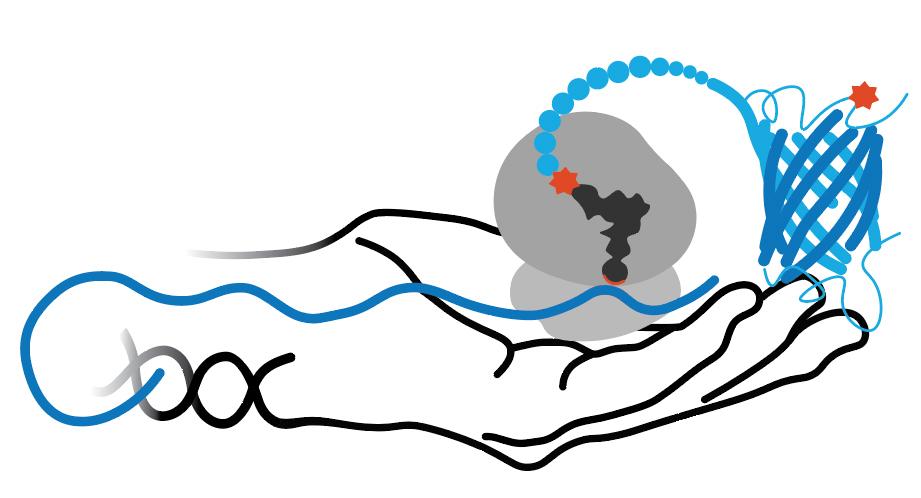RS/tRNA Foundational Publication Support
Neumann, Heinz, Susan M. Hancock, Ruth Buning, Andrew Routh, Lynda Chapman, Joanna Somers, Tom Owen-Hughes, John van Noort, Daniela Rhodes, and Jason W. Chin. (oct) 2009. “A Method For Genetically Installing Site-Specific Acetylation In Recombinant Histones Defines The Effects Of H3 K56 Acetylation”. Molecular Cell 36: 153-163. doi:10.1016/j.molcel.2009.07.027.
RS/tRNA Usage Publications
Balparda, Manuel, Marlene Elsässer, Mariana B. Badia, Jonas Giese, Anastassia Bovdilova, Meike Hüdig, Lisa Reinmuth, et al. 2021. “Acetylation Of Conserved Lysines Fine-Tune Mitochondrial Malate Dehydrogenase Activity In Land Plants”. Biorxiv. doi:10.1101/2020.10.30.362046.
Stieglitz, Jessica T., Priyanka Lahiri, Matthew I. Stout, and James A. Van Deventer. (may) 2022. “Exploration Of Methanomethylophilus Alvus Pyrrolysyl-Trna Synthetase Activity In Yeast”. Acs Synthetic Biology 11: 1824-1834. doi:10.1021/acssynbio.2c00001.
Lammers, Michael, Heinz Neumann, Jason W Chin, and Leo C James. (2010) 2010. “Acetylation Regulates Cyclophilin A Catalysis, Immunosuppression And Hiv Isomerization.”. Nature Chemical Biology 6 (5): 331-7. doi:10.1038/nchembio.342.
RS/tRNA Pair Development Year
2009
ncAA(s) Incorporated
Nε-acetyl-L-lysine
ncAA Structure (png, jpg, jpeg)

ncAA Utility
They are used for sites specifically studying post-translational modification acetylation events on particular lysine residues.
RS Organism of Origin
Parent RS
RS Mutations
L266M
L270I
Y271F
L274A
C313F
D76G
L270I
Y271F
L274A
C313F
D76G
tRNA Organism of Origin
Parent tRNA
tRNA Anticodon
CUA
Other tRNA Mutations
N/A
Multiple tRNAs?
N/A
RS/tRNA Availability
Can be found on Addgene: Plasmid #104070 (https://www.addgene.org/104070/)
RS/tRNA Additional Notes
This has better efficiency in incorporating AcK than AcKRS 1 or 2. Produced more myoglobin with AcK at residue 4 than did AcKRS1, and produced histone proteins shown by MS to have high fidelity of AcK incorporation.
It is shown to have a higher incorporation of AcK at 5mM in sfGFP in E.coli than AcKRS1 And AckRS2 when measuring fluorescence. It is also shown to have the lowest permissivity to TfAcK at 5mM in E.coli among the same.
It is shown to have a higher incorporation of AcK at 5mM in sfGFP in E.coli than AcKRS1 And AckRS2 when measuring fluorescence. It is also shown to have the lowest permissivity to TfAcK at 5mM in E.coli among the same.
